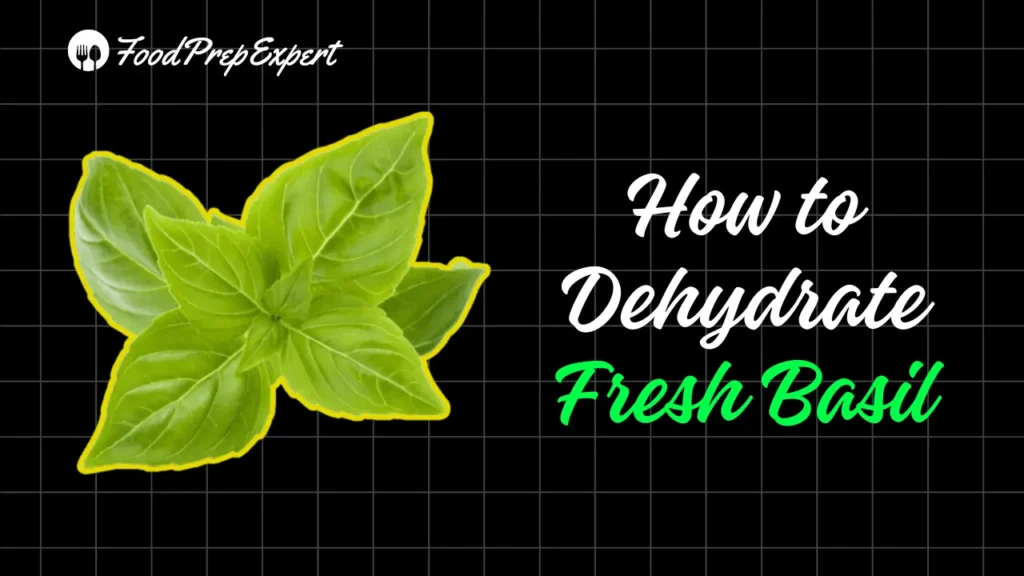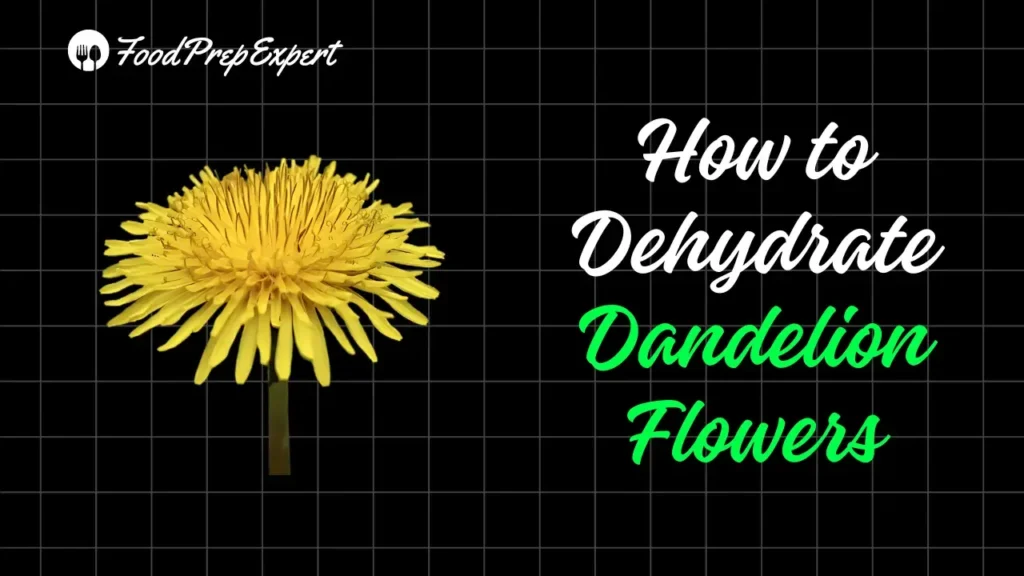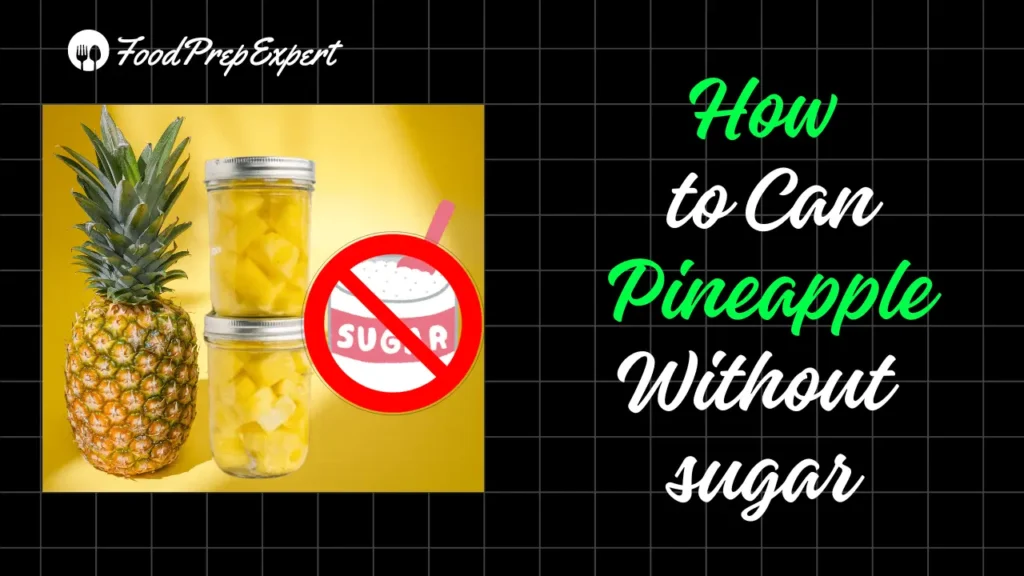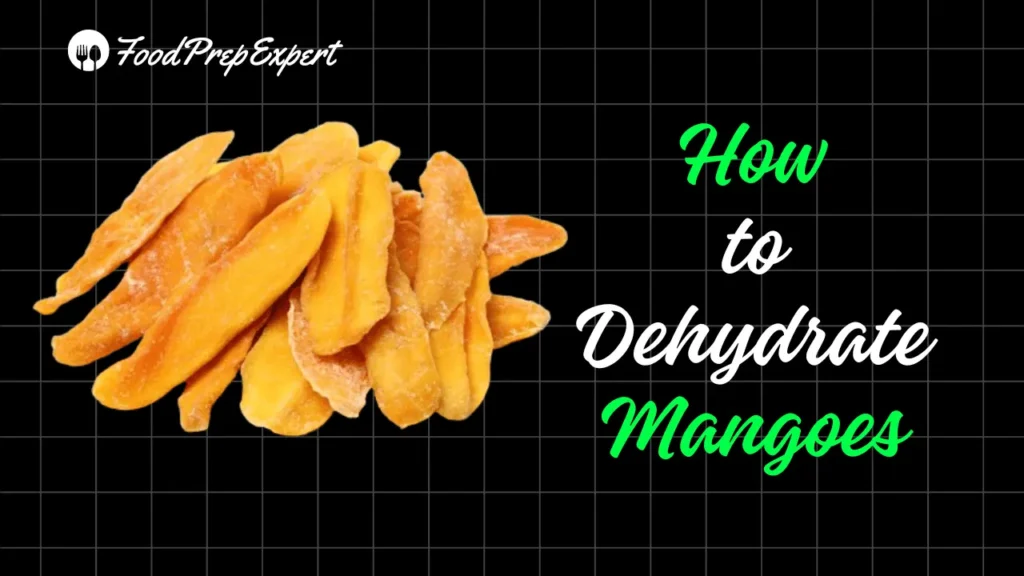Why should you dehydrate cauliflower?
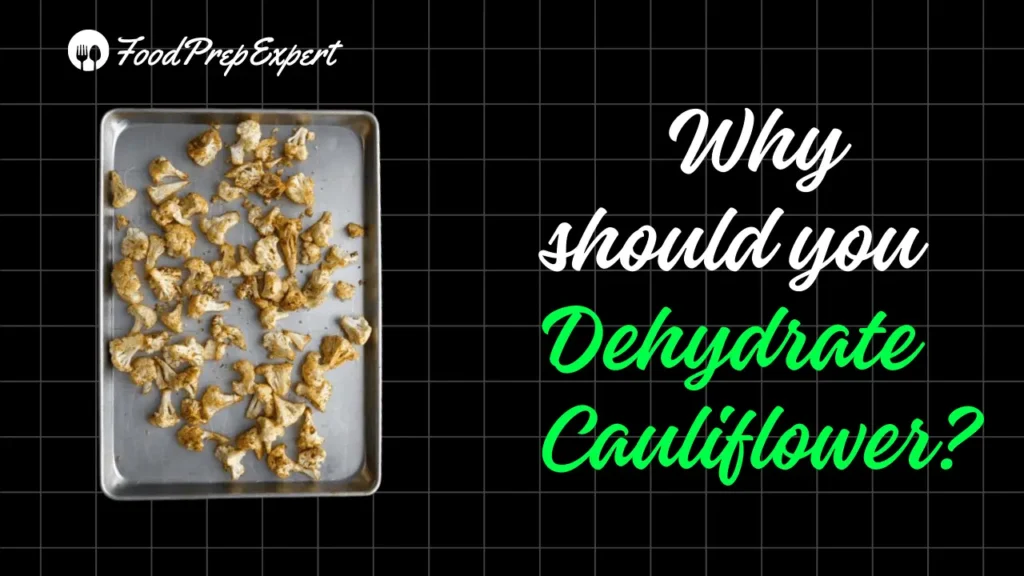
Dehydrating cauliflower is a smart preservation method for several reasons. It extends shelf life by removing moisture and preventing spoilage. This compact form also saves space and weight, ideal for storage or outdoor activities.
Dehydrated cauliflower retains its nutrients, offering health benefits year-round. Its versatility shines in various dishes like soups or snacks. Overall, dehydrating cauliflower ensures you always have this nutritious vegetable on hand, reduces waste, and adds convenience to your kitchen.
What are the necessary items for dehydrating cauliflower?
- Cauliflower: Start with fresh cauliflower, washed and trimmed into florets.
- Dehydrator: Invest in a food dehydrator with adjustable temperature settings, trays, and adequate airflow.
- Knife and cutting board: Use a sharp knife and cutting board to trim and cut the cauliflower into uniform-sized florets.
- Mixing bowl: A large mixing bowl will be handy for tossing the cauliflower florets with any desired seasonings or marinades before dehydrating.
- Spices or seasonings (optional): You can add flavor to your dehydrated cauliflower by seasoning it with spices, herbs, or marinades according to your preference.
- Storage containers: Prepare airtight containers or resealable bags to store the dehydrated cauliflower once it’s done.
Dehydrate cauliflower using the following methods:
Dehydrate cauliflower using oven
- Preheat your oven to the lowest setting, usually around 140°F (60°C). Wash and cut the cauliflower into small florets, ensuring they’re uniform in size for even drying.
- Toss the cauliflower florets in a bit of olive oil and your favorite seasonings, such as salt, pepper, or garlic powder, for extra flavor.
- Spread the seasoned cauliflower florets in a single layer on a baking sheet lined with parchment paper. Make sure there’s some space between each floret for proper air circulation.
- Place the baking sheet in the preheated oven and let the cauliflower dry out for about 4-6 hours. Check periodically to ensure they’re drying evenly, rotating the baking sheet if needed.
- Once the cauliflower is dry and slightly crispy, please remove it from the oven and let it cool completely. Transfer the dehydrated cauliflower to an airtight container or resealable bag for storage in a cool, dry place.
Dehydrate cauliflower using Air-fryer
- Wash and cut the cauliflower into small florets, making sure they’re similar in size for even drying.
- For flavor, toss the cauliflower florets in a bit of olive oil and your favorite seasonings, like salt, pepper, or garlic powder, for extra taste.
- Place the seasoned cauliflower florets in a single layer inside the air fryer basket, leaving space between them for proper air circulation.
- Set the air fryer to the lowest temperature setting, usually around 130-140°F (55-60°C), and dehydrate the cauliflower for about 3-4 hours.
- Periodically check the cauliflower to ensure it’s drying evenly. Once it gets dry, please remove it from the air fryer and let it cool completely. Store the dehydrated cauliflower in an airtight container in a cool, dry place.
Dehydrate cauliflower using Air-dry method or Sun-dry method
- Begin by washing the cauliflower thoroughly under cold running water. Trim off any brown spots or damaged parts and remove the leaves. Then, cut the cauliflower into small, uniform florets using a sharp knife.
- After cutting, allow the cauliflower florets to drain well in a colander or on a clean kitchen towel to remove excess water. This step helps in the dehydration process by reducing the moisture content.
- Spread the cauliflower florets out on a clean, dry surface such as a baking sheet or a wire rack. Ensure that the florets are arranged in a single layer with some space between each piece. This allows air to circulate freely around the florets, aiding in the drying process.
- Place the tray of cauliflower florets in a sunny location with good airflow. Ideally, choose a spot that receives direct sunlight for most of the day. If possible, use a drying rack or a screen to elevate the florets, allowing air to circulate underneath and promote even drying.
- Periodically rotate the cauliflower florets, turning them over every few hours to ensure that they dry evenly on all sides. This step is crucial, especially if you’re drying the cauliflower outdoors, as different parts of the tray may receive varying amounts of sunlight.
- After 1-2 days of sun-drying, check the cauliflower florets for dryness. They should feel firm and leathery to the touch, with no moisture remaining. Additionally, the florets may shrink in size and become slightly brittle when fully dehydrated.
- Once the cauliflower is completely dehydrated, transfer it to an airtight container or a resealable bag for storage. Store the dehydrated cauliflower in a cool, dry place away from sunlight to maintain its quality. Properly dehydrated cauliflower can last for several months, providing you with a nutritious and versatile ingredient for various dishes.
Dehydrate cauliflower using a Dehydrator
- Start by washing the cauliflower thoroughly and cutting it into small, uniform florets.
- Blanch (Some people prefer to blanch cauliflower before dehydrating to preserve its color and texture. To blanch, briefly immerse the cauliflower florets in boiling water for 2-3 minutes, then transfer them to an ice water bath to stop the cooking process. Drain well and pat dry with paper towels.
- Spread the cauliflower florets out on the dehydrator trays in a single layer. Make sure to leave some space between each floret to allow for proper air circulation.
- Set your dehydrator to a temperature between 125°F to 135°F (about 50°C to 57°C). This low heat setting helps to gently remove moisture from the cauliflower without cooking it.
- Place the trays in the dehydrator and let the cauliflower dry for approximately 8 to 12 hours. Check periodically to monitor the progress. The cauliflower is ready when it is dry and brittle to the touch.
- Once the cauliflower is fully dehydrated, remove it from the dehydrator and let it cool completely. Transfer the dehydrated cauliflower to airtight containers or resealable bags and store it in a cool, dry place.
FAQS:
What are the benefits of Dehydrating cauliflower using the Air-dry method?
Dehydrating cauliflower using the air-dry method preserves its nutrients, is cost-effective, and requires minimal energy consumption, offering versatility in various recipes.
How do I know when cauliflower is fully dehydrated?
When cauliflower is fully dehydrated, it will be dry, brittle, and have no moisture remaining.
Can I season cauliflower before dehydrating?
Yes, seasoning cauliflower before dehydrating enhances its flavor and adds variety to the final dehydrated product, making it more enjoyable to eat.
How long does dehydrated cauliflower last?
Dehydrated cauliflower can last for several months to a year when stored in an airtight container in a cool, dry place away from sunlight.
What are some recipes or dishes I can make with dehydrated cauliflower?
You can use rehydrated dehydrated cauliflower in soups, stews, casseroles, salads, stir-fries, or enjoy it as a crunchy snack straight out of the container.


